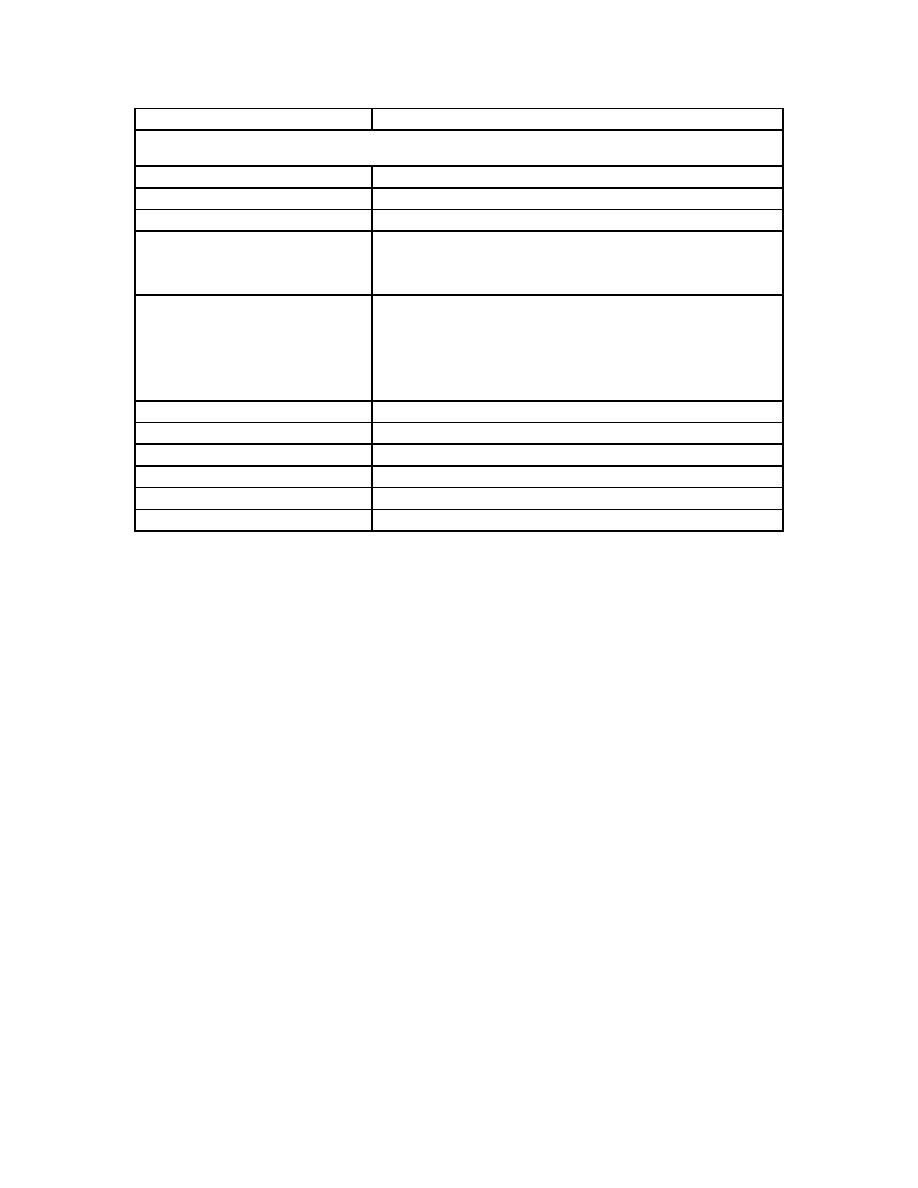
rap against the toe of the sheets during installation.
III. Baldwin Rails to Trails Project, Florida D.O.T., Dept. Environmental Protection
7.3.1 Date of Mfg.
1999
7.3.2 Date of install
1999
7.3.3 Address
City of Baldwin / Duval County, FL
7.3.4 Products
Series 3100 (This was a VE change over steel sheets
costing over 0,000. Our vinyl cost was ,000, saving
the D.O.T. 0,000.
7.3.5 Functional Requirements
This structure is designed as a cantilevered retaining wall
for slope stabilization, run-off diversion and roadside
barrier. It retains a 4 ft. column of soil in a cantilevered
design, with another 3 ft. of vertical free-board acting as a
pedestrian barrier.
7.3.6 Driving Methods
Backhoe push plus trench and fill
7.3.7 Length
14 ft. sheets, and approximately 575 linear ft. long
7.3.8 Embedment
7 ft. embedment with a 4ft column of soil on 1 side.
7.3.9 Water depth
Not a marine structure
7.3.10 Above water
N/A
7.3.11 Any problems with wall? None whatsoever.
8. Life Cycle
8.1 Over 50 years of expected life cycle, however there is no real base line for determining
"normal use" in a retaining structure due to the many changes in the loading factors. Our
products, when incorporated into a properly engineered and installed wall, using the correct
strength profile predicated on the expected loads, designed with a reasonable factor of safety,
should be a serviceable wall place well beyond the 50 year mark. Our transferable warranty is a
testament to our confidence in the expectation of a 50 year life cycle. Our sheet pile will outlast
most of the usual components being used in most installations. The vinyl sheet pile now becomes
the strongest link in the chain.
8.2 The tests that we have and are conducting can be reviewed under the earlier Section 5 of
this paper. We have used 3rd party testing labs to confirm that our expectations regarding long
term design strength and longevity are correct.
8.3 We can see the growing popularity of vinyl sheet pile demonstrated quite clearly in New
Jersey, where vinyl has all but replaced wood sheet pile in the last 11 years. The earliest walls are
in place with no change in the material since installation. This same growth can be witnessed in
Florida, Louisiana, New York, Maryland, Michigan, Nebraska, the Carolina's, Caribbean Islands,
Central and South America, and nearly any where on earth where property needs protection from
erosion. We can also point to the extensive use of vinyl siding and its continued market growth,
which started in the late 60's, became popular in the 70's and is still serviceable today; 35 to 40
years later.
PVC was first used commercially in Germany as far back as 1935 in pipe applications. With the
improvements in the compounds, UV inhibitors and impact modifiers, the PVC pipe industry still
thrives. Further evidence to its weatherability is the explosive growth seen in other building
68



 Previous Page
Previous Page
